Excited as ever upon our arrival to Laxnes Horse Farm we soon realized that the horses (although they are quite small they don't like to be called ponies), were already all lined up, saddled and ready to be mounted. The owners son had then inquired each of our riding abilities and matched us with the appropriate horse.
At the time of our ride this family run riding farm had all of 108 horses, so you can be sure that they would have one that will suit any riders abilities.
According to their website:
"Laxnes Horse Farm was founded in 1968 by Þórarinn “Póri” Jónasson and his wife Ragnheiður “Heiða” Gislason. Today, 42 years later, the family has gotten bigger but our goal is still the same. We offer a top quality riding experience every day, all year round for you and your family. Laxnes isn´t just a company, it´s our home. A true old fashioned family business with our horses being a part of the family and treated as such. We are proud of the Icelandic horse and it will be our pleasure to welcome you to our home and experience what a remarkable breed the Icelandic horse is."
Up into the saddles we went and through across wind blown meadow, rivers and streams we rode on these wonderful Icelandic creatures!
"For more than a thousand years, from the settlement of the country in the late 9th century to the early 20th century, the small but amazingly strong Icelandic horse has played a vital role in Icelandic history. Dubbed “The most useful servant”, many Icelanders credit the horse for the survival of the Icelandic people. The settlers brought with them horses from Norway and the British Isles, strong and muscular they served their masters in war and peace.
In recorded Icelandic history, which spans over 900 years, no horses have been imported to Iceland. In the 11th century import was made illegal, so the present day horse is very similar to what they were 900 years ago. This isolation has preserved certain traits lost to other European horses. Among these are the five gaits the horse is famous for.
In Iceland these gaits are used depending on terrain and preference of the rider. While most horses have three gaits: walk, trot and gallop, the Icelandic horse has two extra gates. Icelanders call them tolt and skeid (pace), with the tolt gate being better known throughout the world. The tolt is a gait in a quartered beat with equal intervals and is a gait that, with unaltered footfall can escalate its swiftness from a mere step to great speed. You can hear the tolt distinctly as a constant four-beat staccato and if you watch a horse in tolt you can see that the horse carries the rider smoothly in an even four-beated rhythm perfectly still in his saddle, without the tossing movement of the trot." Credit: Laxnes.is
Seriously how many times have you gone horseback riding and actually felt like you were floating on air? Really nothing but complete comfort.
Plus let's not forget that there is no rising in the saddle in Iceland - so of course when in Rome! *For those who don't quite understand - that means no posting.
All in all we were so very happy that we found this lovely family run riding farm, and want to share that it was truly nothing short of an awesome and amazing experience.
I guess that confirms it and they want to go back to Iceland!!!
Giddy up pony,
-T

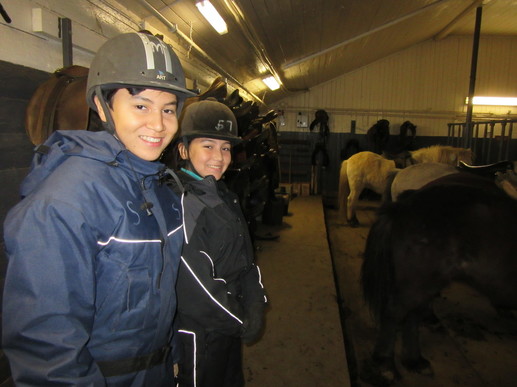



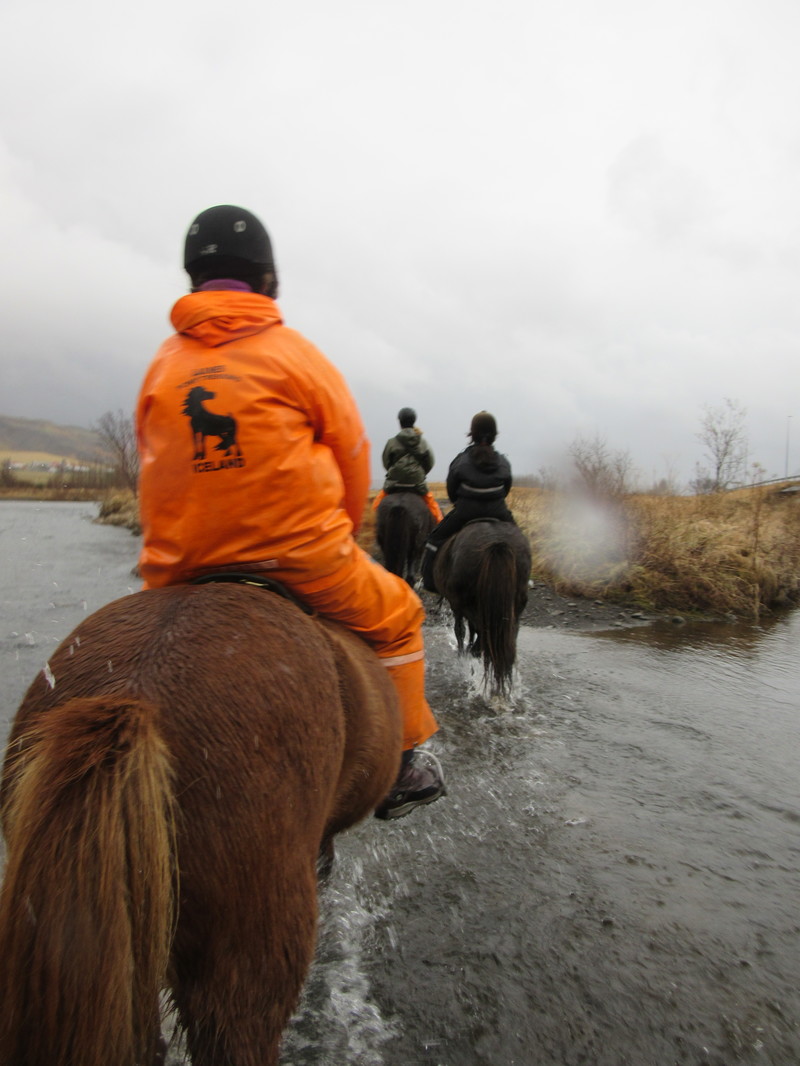
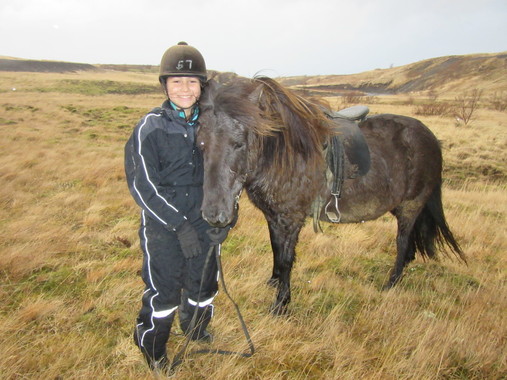
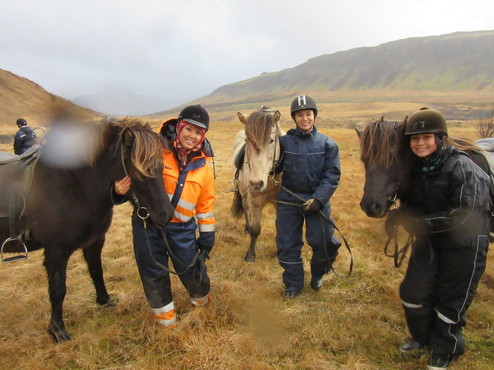
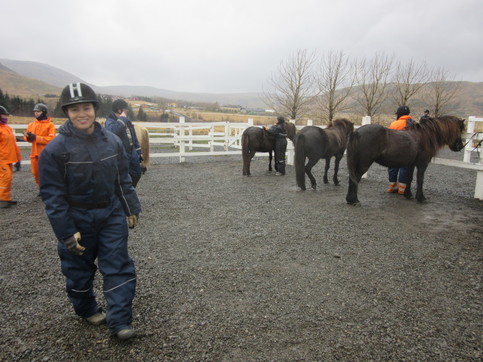





 RSS Feed
RSS Feed